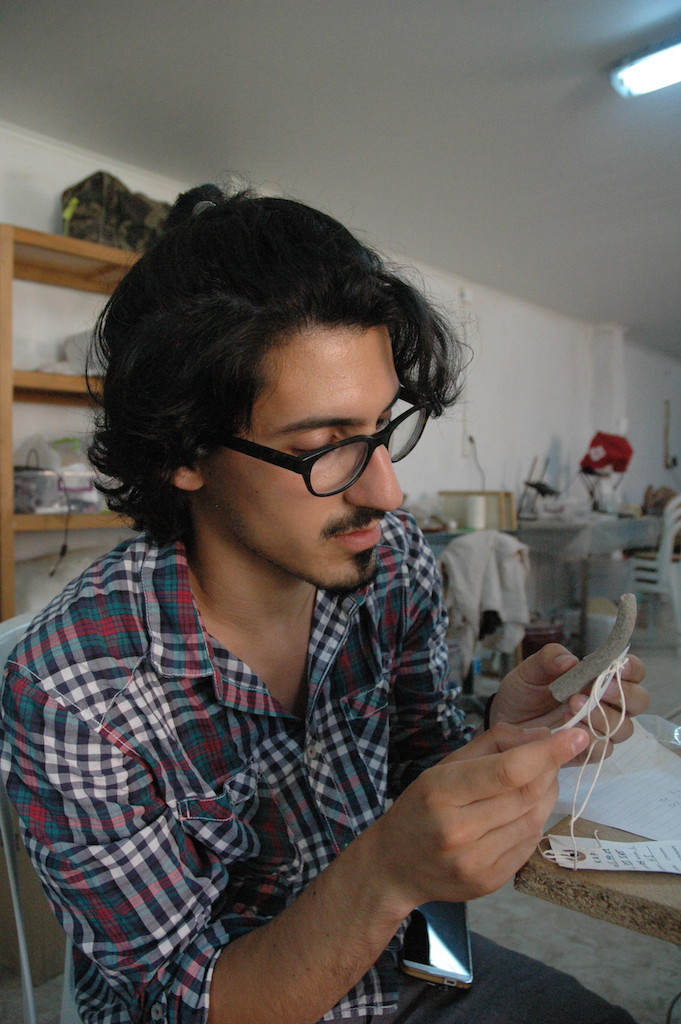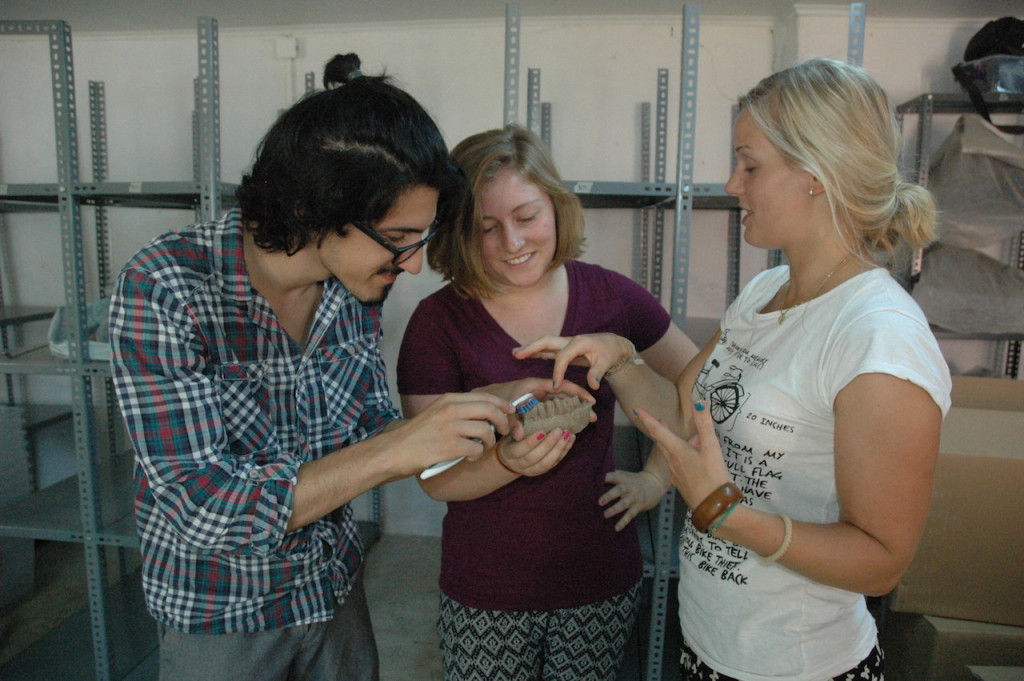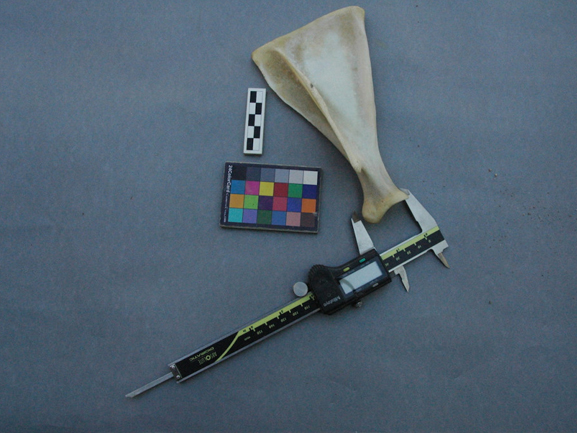Animals and Archaeology – Faunal Analysis at Kaymakçı
Adam DiBattista, Francesca Slim, Christine Mikeska
Just one season of excavation results in thousands of pieces of bone, antler, shell, and other animal remains, which are referred to collectively as faunal material. This rich body of material allows us to understand the variety of ways animals were used in the past, evaluate potential contamination levels, and examine past environmental conditions.


As a team, we sort bones by their type (e.g., humerus, femur, tibia) and then record information about each individual bone. Using a variety of illustrated manuals and a collection of modern bones provided by our supervisor, Dr. Canan Çakırlar, we attempt to determine species. We frequently find domestic animals like sheep and cow, but also wild animals like deer and fish.

By carefully observing, measuring, and recording the excavated faunal material, we can begin to understand the age and health of animals at Kaymakçı in the past. These traits help us understand the habits of the people who used these animals for meat, wool, and a variety of other products and activities. For example, bones from older sheep may indicate that they were being used for “secondary products” like wool and milk, while bones from younger sheep may indicate they were being used for meat. Additionally, pathologies in cow feet can indicate they were being used for activities such as plowing rather than consumption.


